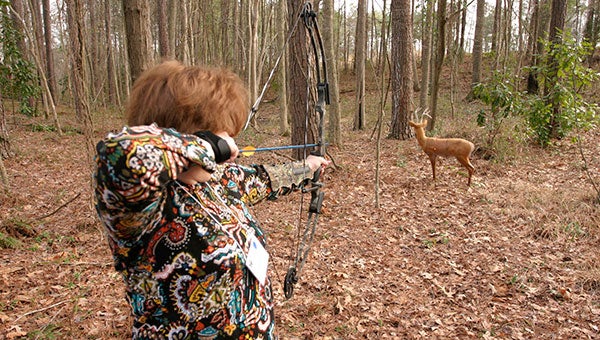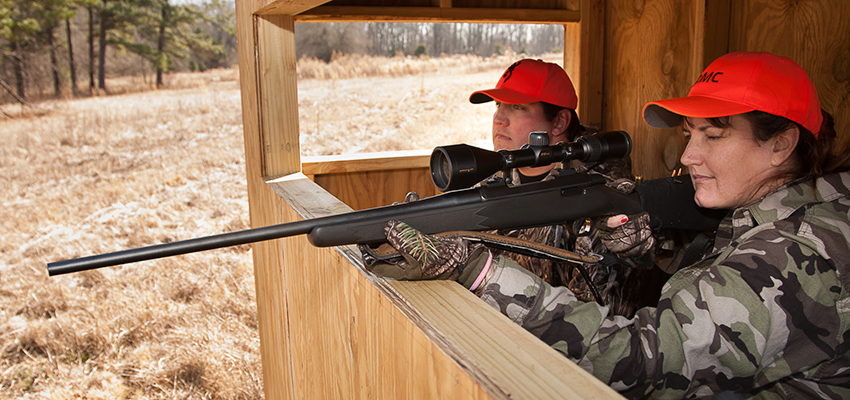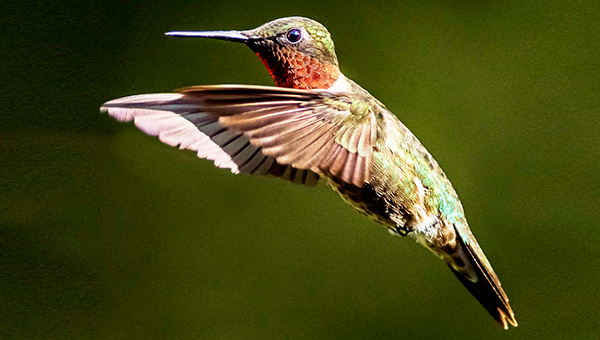Is that an eagle I see?
Published 1:11 am Tuesday, March 24, 2015
By: CARRIE THREADGILL
Nongame Wildlife Biologist, Alabama Division of Wildlife and Freshwater Fisheries
Twenty years ago, if people told me they saw an eagle in Alabama, I would have guessed that it was probably just a vulture. Now, when people tell me they saw an eagle in the winter, I ask them, “Which species?” While we have an increasing number of bald eagles year-round across the state, we are actually discovering a small wintering population of golden eagles in Alabama as well.
The story of the bald eagle recovery is one of the greatest wildlife success stories to date. In the 1950s and 1960s, the well-known pesticide DDT, which caused eggshell thinning, devastated bald eagle numbers. Shells became so thin that they would not hatch, or would break when adult birds would sit to incubate them. After DDT was banned in 1972, eagles began to rebound slowly, but still could not be found breeding in Alabama.
By 1984, the Alabama Division of Wildlife and Freshwater Fisheries (WFF) began a “hacking” program, releasing juvenile eagles from six different locations in the state with the hope that they would establish nesting territories. Hacking involves releasing juvenile eagles at towers in certain locations to imprint them so they will return to those areas to breed as adults. During a 7-year period, 91 juvenile eagles were released, which resulted in increased nesting activity in Alabama. Thanks to the success of this program, eagles can now be seen nesting across the state. Most often, bald eagles are seen along large bodies of water, such as lakes and rivers, but it is not uncommon to see them soaring over open land away from water or nesting away from water as well.
While we have bald eagles in the state year-round, people may not realize that we also have golden eagles in Alabama during the winter months. Golden eagles tend to be more secretive than bald eagles, which are most often seen out in the open, usually near open water. Golden eagles are more of a forest species, and tend to stay close to forested areas, making it harder to locate those birds. They are found most often near ridge tops in forested areas. In the western United States, a substantial golden eagle population is already in existence. New evidence suggests that a separate eastern population breeds in eastern Canada and winters along the Appalachian Mountains and down into Alabama.
WFF has been conducting winter camera surveys through a collaborative effort with other agencies in 15 eastern states to gain better knowledge about this separate eastern population of golden eagles. Over the last few years, we have gained valuable knowledge and photographed numerous golden eagles in north Alabama. Along with camera surveys, five adult birds have been trapped and radio transmitters attached to them to find out where those birds breed and migrate. Through the camera surveys and radio tracking, we hope to gain more knowledge of golden eagles so that we can manage public lands to provide wintering habitat for eagles, as well as all species found in the state.
WFF often receives calls about possible golden eagle sightings. They usually turn out to be sightings of immature bald eagles. It takes five years for bald eagles to obtain the distinct white head and tail. Immature bald eagles are mostly dark brown overall with white mottling under their wings and have thick black bills. They are often confused with golden eagles, but lack the distinct gold nape. Golden eagle adults do not have any white on the undersides of wings, while juveniles have two distinct, small white patches visible when seen soaring overhead. While it may be easy to confuse the two birds, after seeing both birds in flight and learning the differences in coloration, it is easy to distinguish which kind of eagle you are seeing. During the winter, it is possible to see both golden and bald eagles, and while it is more likely a bald eagle, either way, seeing an eagle in Alabama is always a treat!
WFF does not conduct an annual statewide survey of eagle nests anymore since eagle populations are doing so well, but if you have information or questions about nesting eagles or sightings of golden eagles, please contact Nongame Wildlife Biologist Carrie Threadgill at carrie.threadgill@dcnr.alabama.gov; 334-242-3469.
The Alabama Department of Conservation and Natural Resources promotes wise stewardship, management and enjoyment of Alabama’s natural resources through four divisions: Marine Resources, State Lands, State Parks, and Wildlife and Freshwater Fisheries. To learn more about ADCNR visit www.outdooralabama.com.







